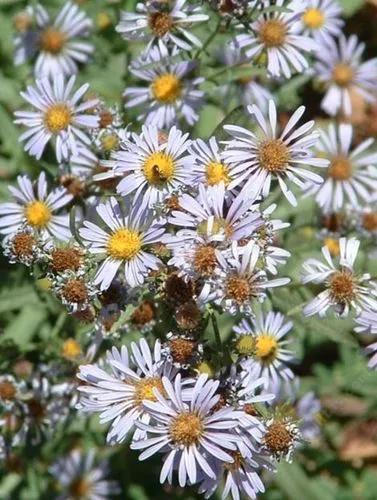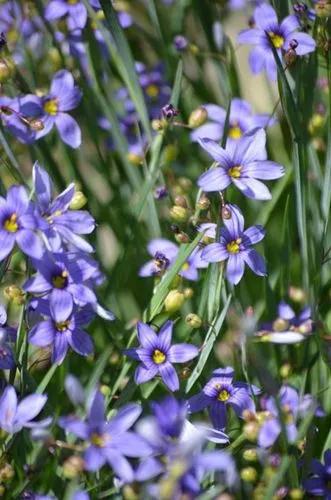Flax grass - a low plant growing in fields and meadows, will be an excellent element of the natural design of the site and rocky garden. At the same time, planting and caring for this culture is so simple and understandable that even a novice gardener can cope with elementary actions.Depending on the variety, this herbaceous plant can reach a height of about 10-100 cm, which makes it possible to plant flaxseed in various garden compositions.Herbaceous petals can be colored white, yellowish, pink, red or purple.
Flowering is quite long: it begins around the beginning of summer and lasts until autumn.
Prostrate Toadflax Care
Linaria supina



When growing this plant, it is important to remember that it is poisonous and you need to be extremely careful with it.
Toadflax is considered an excellent plant for growing in any garden, as it is unpretentious, drought-resistant and perfectly tolerates severe frosts. Height: 10-30 cm. Plant glaucous, hairless in the lower part, hairy glandular at the inflorescence.
Stem: prostrate, spreading, leafless below the raceme.
Leaves: lower opposite, the later alternate narrow, rarely ovate -elongate, entire, sessile. Upper leaves numerous, very often positioned sideways onto the stem, most of them 3-5 in whorls.
Flowers yellow (sometimes purple-tinged) with a dark-yellow palate and a straight spur, in a short closed raceme.
Fruit : capsule subglobose nearly round, few-haired and a little longer than the surrounding persistent calyx. Seeds flat, slightly convex, with black sides and a broad (1.7-2.8 mm) grey wing.
Annual plant with adventitious buds. Rare in crops. It can be invasive in western Europe.
This plant might be poisonous
How to get rid of:
Choose an herbicide labeled for use against toadflax, and apply it according to the label instructions. Apply herbicides to Dalmatian toadflax in spring and to yellow toadflax in late summer or fall. Your local cooperative extension agent can suggest the best herbicide for growing wild toadflax control in your area.
How to Care for the Plant

Popularity

39 people already have this plant 7 people have added this plant to their wishlists
Discover more plants with the list below
Popular articles






